Activating Office 2019 without Microsoft account
Microsoft is actively pushing it's user base towards clouds and subscriptions. But there will always be people hesitant to trust their private data to corporations, especially in this age of private data leaks left and right.When releasing Office 2019 - Microsoft did another step in this direction and required to enter Microsoft account when activating your new Office 2019 purchase. If you don't enter account - activation will not finish, there is just no way to skip it in UI. Although, there is still a way to skip it via console activation... :
Run CMD.exe/Powershell with admin priveleges, go to "C:\Program Files (x86)\Microsoft Office\Office16" and run these commands:
cscript OSPP.VBS /inpkey:XXXXX-XXXXX-XXXXX-XXXXX-XXXXX cscript OSPP.VBS /act
Replace XXXXX-XX... with the actual key. Restart office programs - and enjoy your genuine and activated Office 2019 completely offline. I guess we cannot hope that Microsoft will realize the importance of having completely offline option of their products, so they will start (slowly at first) loosing users to older versions of Microsoft products and open-source alternatives.
PS. If you like OneNote - it's already time to start looking for open-source alternatives. Sorry Microsoft, I am not uploading my notes to you.
Sony a7III: Time for Full Frame 2 (and some PDAF striping/fake RAW)
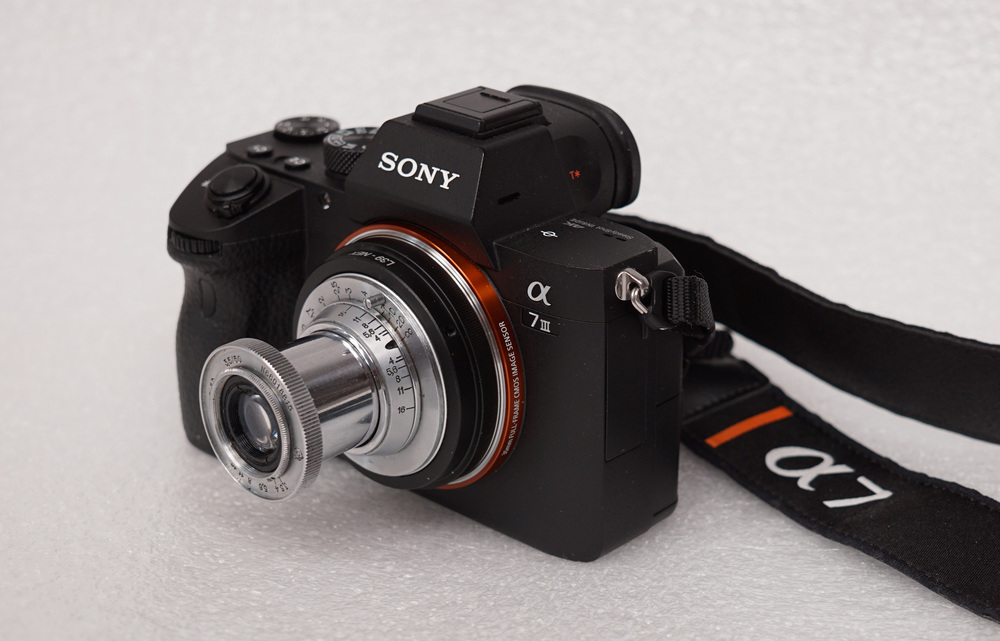
6 months ago I ebayed Sony A7II and thought that It will be with me for a while. But life is full of surprises - seller did not sent me few missing parts, I returned the camera... and by that time A7III was already released. There are quite a few nice features - BSI sensor with higher sensitivity, very pleasant high-ISO noise reduction, flexible autoISO settings... Some like larger battery and dual SD slot.
For me personally flexible autoISO is what gave me largest increase of good shoots yield. Also, now camera allows one to see the photos in the buffer while buffer is flushing to SD card.
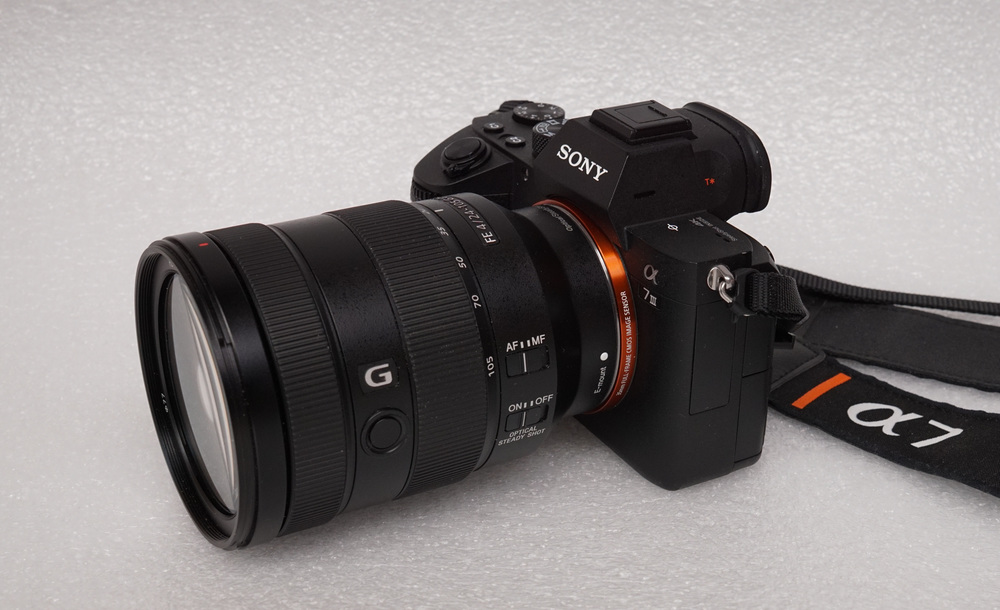
After I was spoiled by zooms during ancient A-mount era ( I had Sony 16-50 F2.8 lens - it was quite sharp in the center and versatile) - here I bought loved by many Sony 24-105 F4. It was well worth it - even sharper and obviously slightly wider zoom range. Size and weight is probably maximum suitable for casual travel. F2.8 full-frame zooms in my view are only for professionals who used to lug a lot of equipment.
Fake RAW/star eater issue is still there. You can read more here, and sign a petition to Sony here. I was also able to reproduce PDAF striping issue under very exotic lightening conditions - but this is a topic for a separate article.
At the end, I really like the camera. It will definitely stay with me until 60+ megapixel full-frame cameras with 4K/60P full sensor readout are available. We might have to wait until 2022 for that...
Soldering practice KIT - HKT002
HKT002 soldering practice kit exceeded my expectations - it is a functioning circuit with all parts included, which only works if you soldered everything correctly.There is an 555 which frequency is set by long chains of capacitors and resistors. CD4017 johnson counter to drive 10 LEDs.
These 10 LEDs are driven by BJT's with high hFE and diodes in the base circuit, so any surface contamination from flux would not allow them to turn off LEDs.
Highly recommend to anyone who needs to solder from time to time. If you're just starting learning - you will need at least 2 set and lots of spare parts.
Here is last glitch: You can see 3 LEDs could be lit at the same time by CD4017. Why could that be?
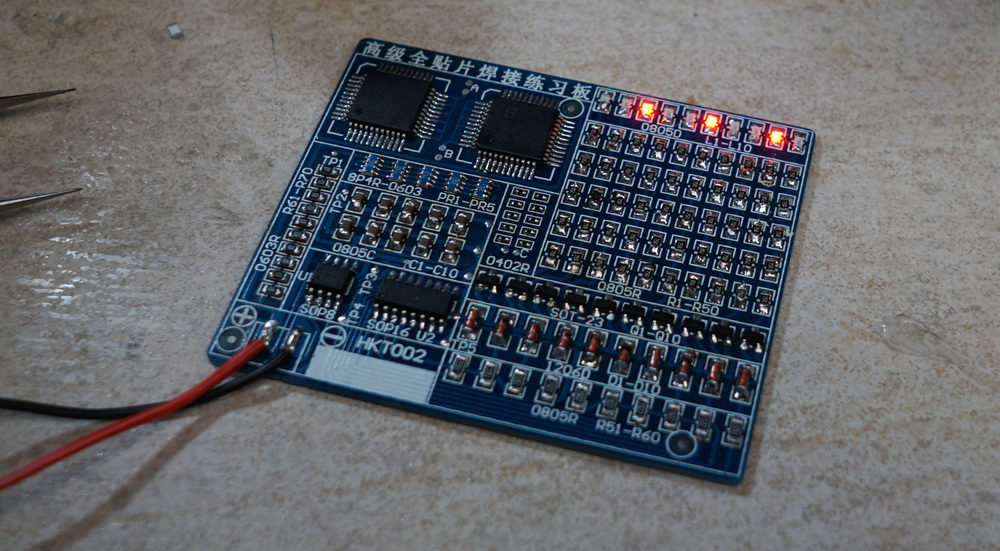
Analog Devices AD9361 — when microelectronics is more profitalbe than drugs
When Analog Devices released their SDR transciever AD9361 in 2013 - it was a revolution in digital radio. SDR's were there before, but only now you can have it all: 2 channels for TX and RX with onboard 12-bit DAC/ADCs with 56MHz of RF simultanious bandwidth, local oscillators, mixers and LNA - all working in the range from 70 (TX from 47) to 6000Mhz. Using AD9361 out of the box one could implement almost any useful digital radio, with the rare exceptions of UWB and 60GHz. You only need to add data source/sink (which is still often an FPGA), external filters and PA if your task requires it.Finally I was able to take a look inside and peek at manufacturing cost of a microelectronic device with such an exceptional added value.
After decapsulation we see 4336x4730 µm 65nm die. On top metal you can notice PLL's inductors and datecode - chip was somewhat ready 2 years before introduction:
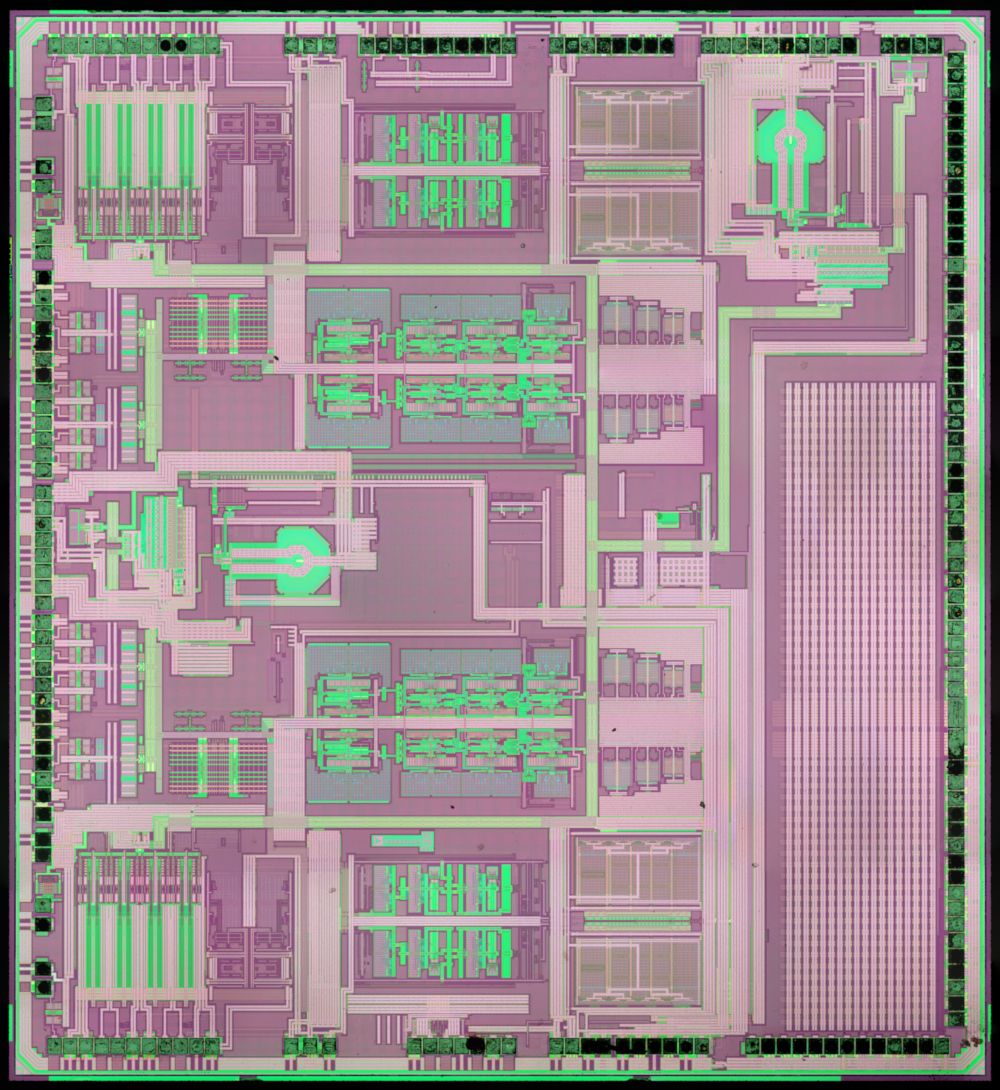 Read more on zeptobars.com →
Read more on zeptobars.com →Weekend laser galvoscanner fun
Finally found some time to play with galvoscanner with 1W RGB laser... and caused some laser damage
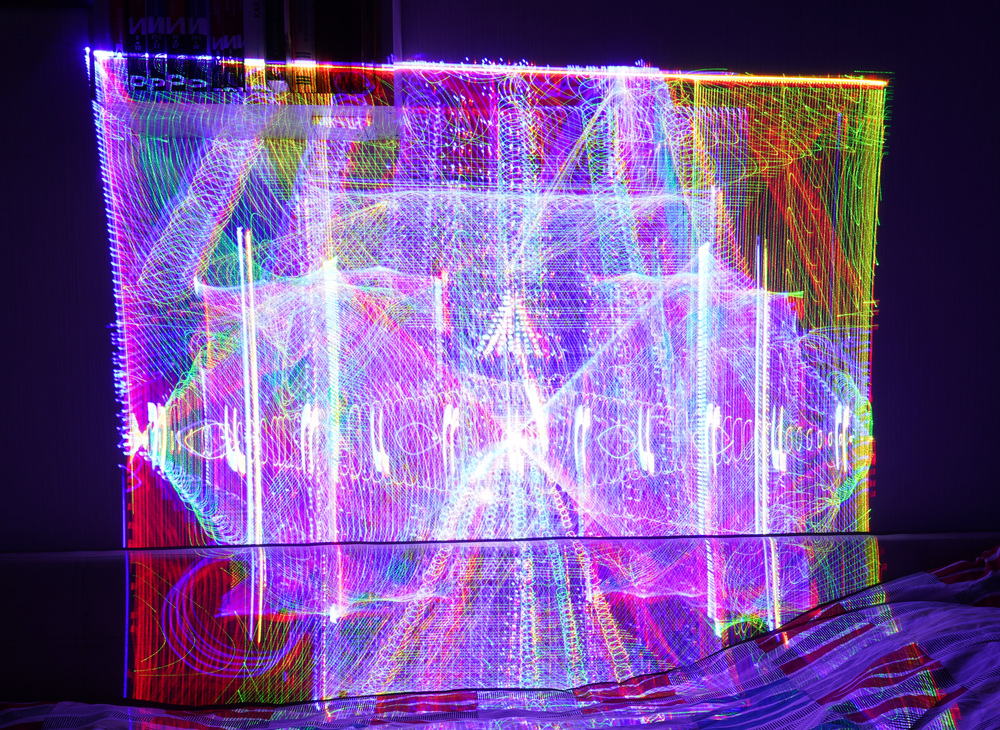
PaperBack - proper way of storing information on paper
Some 20 years ago I had an idea of storing data on paper - for backups and such. Never ended up implementing it. But luckily someone did - and since 2007 we've got PaperBack made by Oleh Yuschuk.While playing with it I was able to store ~500 KiB of data on a single side of A4, which could already have some practical use. This density is achieved at 300dpi data density, 80% dot scale (recommended value of 70% gave higher error rate) and 20% for ECC correction. For reliable recovery scanned image had to be slightly sharpened using Gimp2/unsharp mask, but it feels like this is the limit (ECC had to recover ~10% of errors). On 200/240dpi data density everything is much more reliable.
One can for example take a photo of the sheet using film camera and get data microfilms at home ))) Also, this data is easy to read even in distant future and does not depend on spefic reading hardware, so even aliens or humans 1000 years in the future who find a timecapsure with it would be able to read it...
Here is how data looks at 80dpi:

Closer:

Now data at 300dpi, maximum for 600dpi printer:

Even closer (square side is 2.97мм). One can see that using less than 2*2 pixels for 1 bit of data would require different recovery approach due to very high rate of errors which will be pattern-dependent. Paper fibers would also cause some issues as higher data densities.
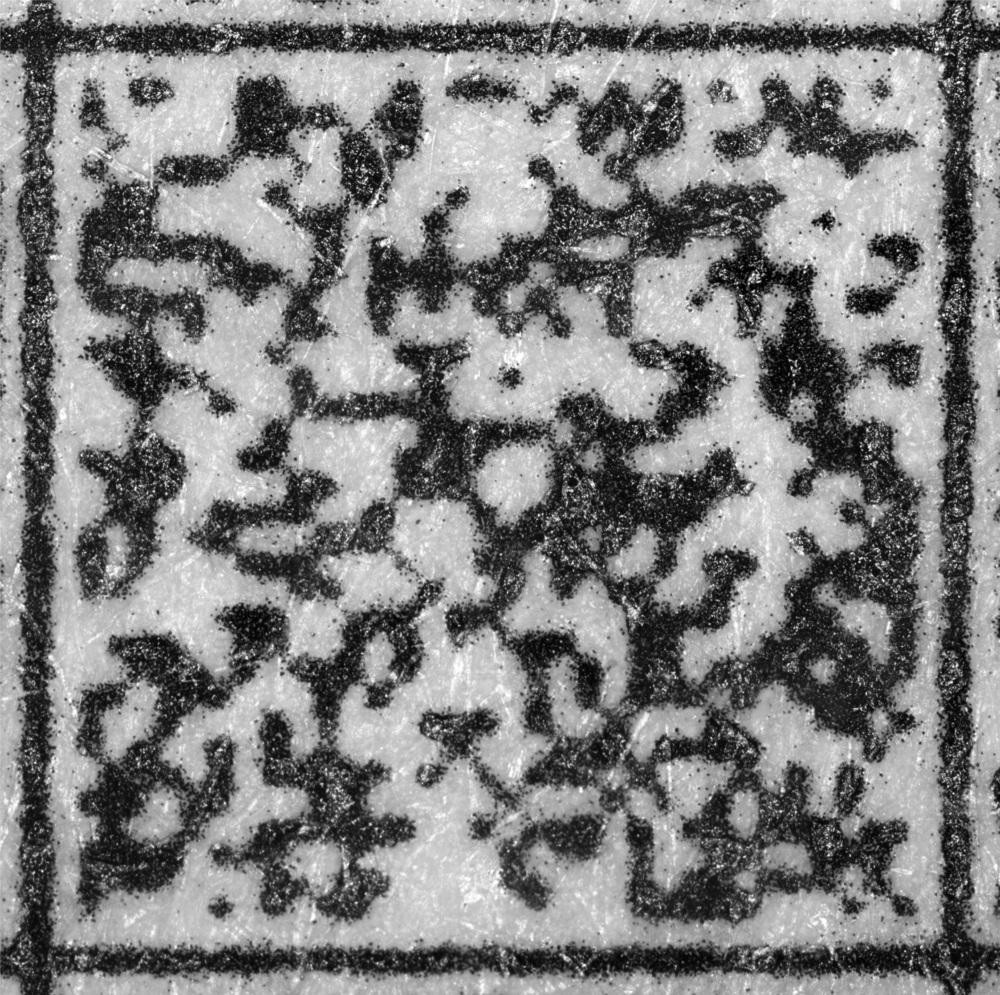
Olympus UPlanApo 10x0.4 WI - ultimate fun microscope lens
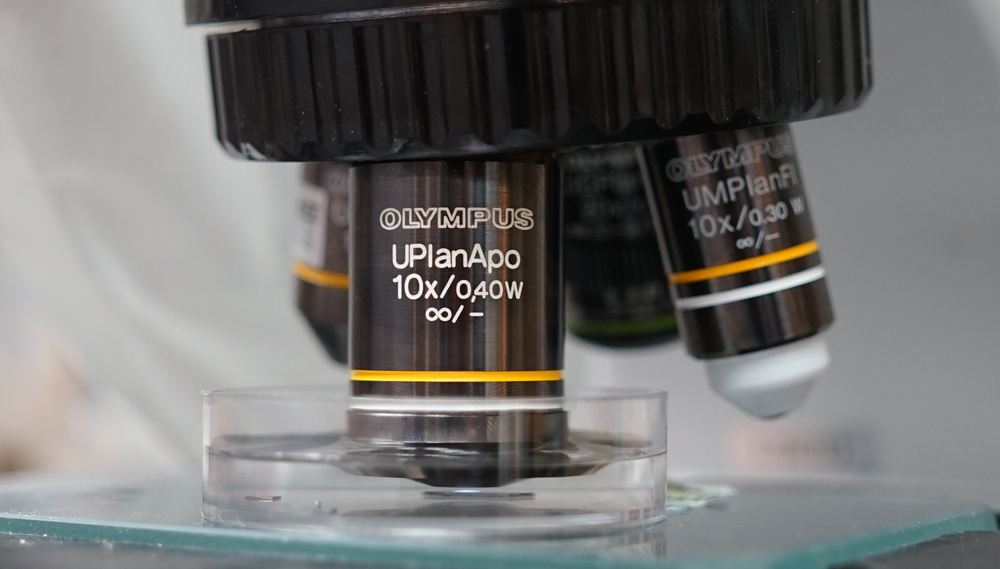
Apparently I am a fan of water immersion. Last time when I've got 10x0.3WI lens I thought I am set for life. But recently I've spotted even more interesting lens on ebay: Olympus UPlanApo 10x0.4 WI. That would be my first apochromatic microscope lens. It's very large field of view and 0.4 aperture makes it ~1.8x harder to achieve uniform focus over the field comparing to 10x0.3 WI. But the information density is again ~1.8 times higher.
In the center of the frame new lens (on the left) is sharper due to higher aperture (0.4 vs 0.3):
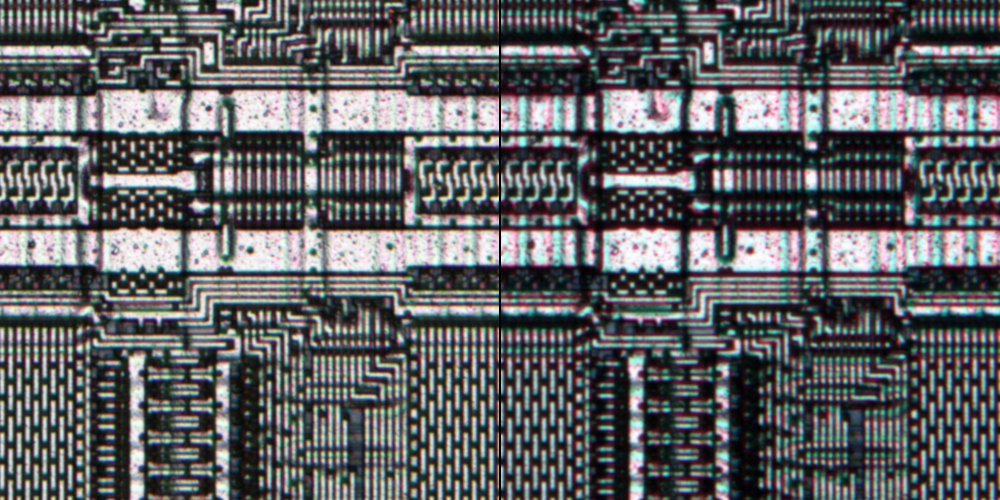
At the edge we can see that lateral chromatic aberations are lower for APO lens (who knew?). Remainng lateral CA is probably caused by microscope's tube lens. I surely correct lateral chromatic aberration in software, but this lens makes it easier and cleaner.
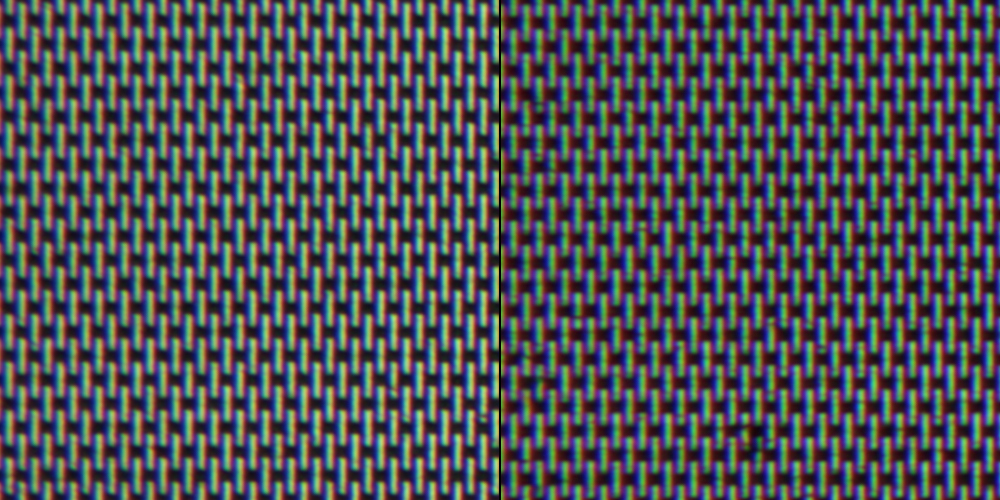
Sony a7II: Time for Full Frame (and some fake RAW controversy)
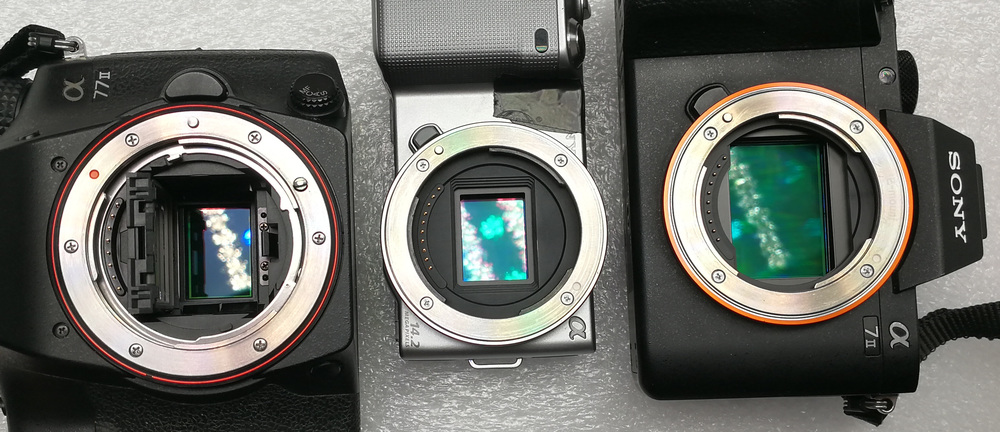
Finally I've bought my first full-frame digital camera - Sony A7II, on ebay as usual. While everybody were excited about A7RIII - I was quite disappointed: same sensor as in A7RII and still not solved fake RAW issue (it's there for all Sony camera's though). Why it is called fake RAW? Sony cameras has noise reduction algorithm which you cannot disable. It kicks in at long exposures and is applied even in RAW(!!!!), which completely ruins whole idea of RAW files (=direct stream of data from the imaging sensor for further advanced processing). The most obvious effect of this forced "noise reduction" is erasing 2/3 of the stars at the photos of night sky. You can read very detailed research of the problem here and you can also sign petition to Sony to finally fix it.
As my personal punishment to Sony I've decided to skip few camera generations: I will have fun in full frame with A7II for a while, just like 2 years ago I've started to get experience in E-mount with Sony NEX-5, which was ebayed for 110$. Hopefully some day they will release something like A9RII with 60mpix sensor and fixed fake RAW issue - this camera will be worth to buy new :-)
Glad that I did not ever bought full-frame A-mount camera (A900/A99 - it would have wasted much more money after re-sale), and a little bit sad that 3 years ago I've blindly bought Sony A77II instead of some E-mount camera (like a6000) which was already available at the time...
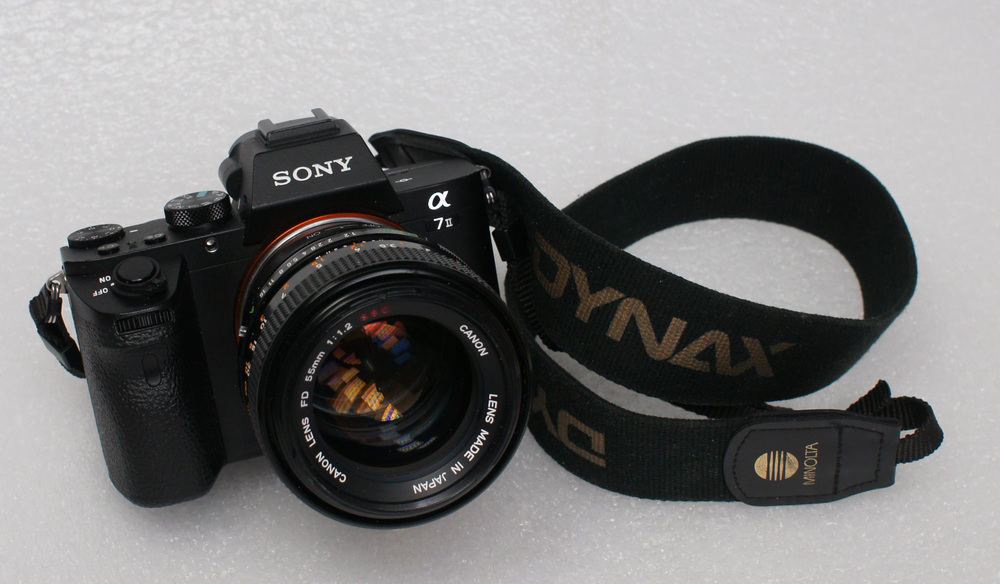
Slicing ruby like butter
Had some success cutting synthetic Ruby rods using very thin (0.15mm) diamong cutting disk. These rods were once made for high-power pulse lasers (they were eventually made completely obsolete by much more efficient Neodimoum lasers). Chipping at the very last moment of the cut is still not completely solved.Photo cannot show incredible fluorescence of Ruby at 692nm - longest red wavelength, almost infrared... Deepest and most intense red that human eye can see...

Blade Runner 2049
Impeccable sci-fi setting and story yields it solid 10/10 rate in my view. Hits perfect spot of what I would consider ideal sci-fi movie. Would recommend to watch it in the morning, with lowest theater occupancy.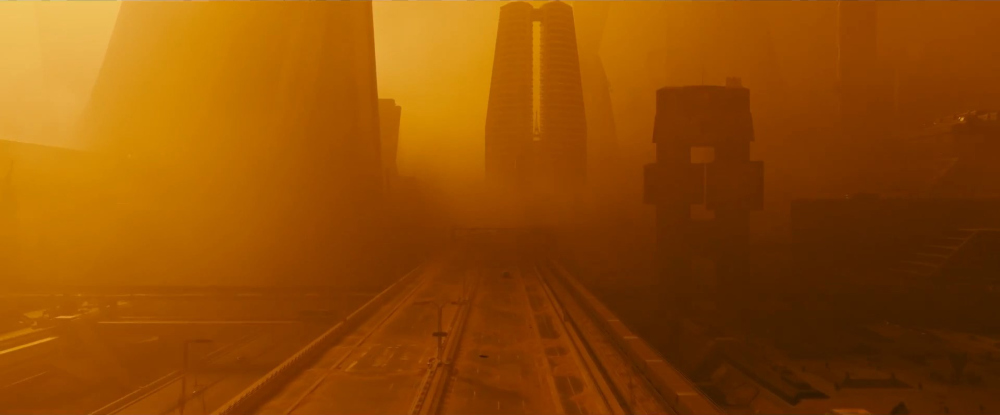





 @BarsMonster
@BarsMonster